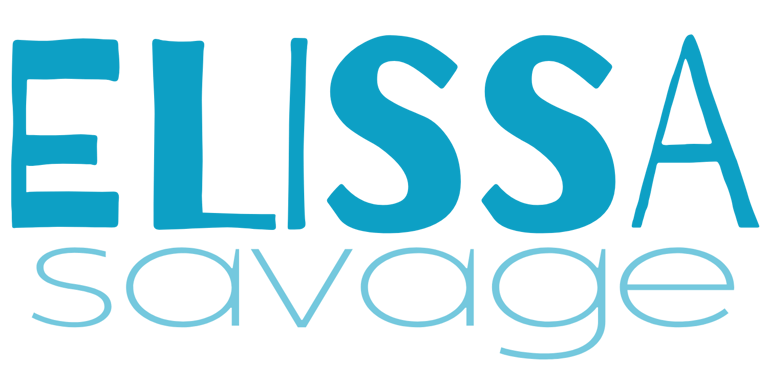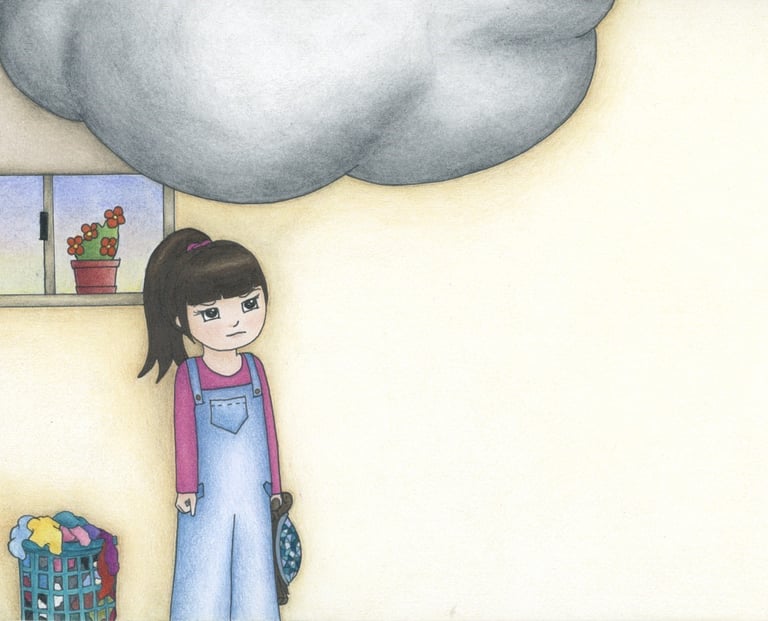What is a Fuzzy Cloud?
It is a grey, fuzzy cloud that we create as a place to put all our fears, worries, and not-so-great feelings and experiences.
It is a cloud that we use to protect us when we are overwhelmed, fearful, or sad.
It is a place to store our Heavy Things - or coping behaviours - so that we can grab and use them when we need something to help us deal with something tricky or difficult.
It is a cloud that we can let go of once we learn we're not alone and that other people around us have their own clouds as well. It is something we can let go of when we feel safe and loved.
At its core, I believe that our fuzzy cloud is closely linked to shame, and may even be symbolic of shame itself. In the near future, I will be devoting an entire blog to shame, some of the leading, cutting-edge research around shame, and the direct link it has to our Heavy Things (coping behaviours).
What are Heavy Things?
In My Fuzzy Cloud, Morgan's Heavy Things are her coping behaviours, the habits and behaviours she has developed over time to help her deal with life when faced with challenges.
It is important to separate our behaviours from who we are as a person. When we lose that distinction we start to develop a shame pattern that can strengthen and last a lifetime if it never gets addressed.
When a child (or adult for that matter) feels they "are bad", rather than someone who is doing their best with what they have but sometimes doesn't make the best choices, it starts a belief-behaviour spiral that takes time and effort to unravel.
The wonderful thing about the Fuzzy Cloud and Heavy Things symbology is, well, just that! Symbology has been used since the beginning of human social evolution to help with speedy and effective communication. From the humble tick or cross to the modern-day emoji, symbols can instantly tell a story and create understanding between people.
The other awesome thing about symbology is that it can take something that is subjective and emotionally complex and make it more objective.
It is now known that we see things either objectively or subjectively at any given time. We might move from one to the other, and quickly, but never hold both views in tandem.
For that reason, I created archetypes and icons for these Heavy Things. Holding our behaviours at a distance in order to view them objectively is a skill that needs to be developed over time. The sooner we start doing this as a habit - and teach our children how to do it - the better!
Subscribe for updates and notifications regarding future blogs. Over the next several weeks, you'll find information about the Heavy Things archetypes, science-packed articles about the themes and strategies I've touched on here, and much more...



